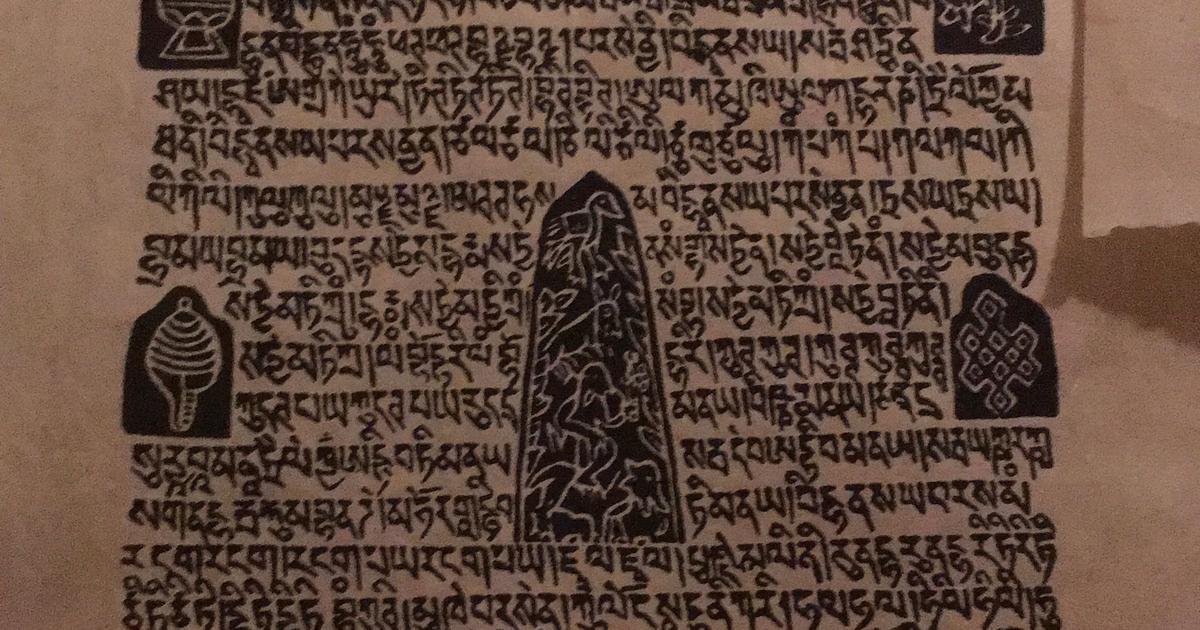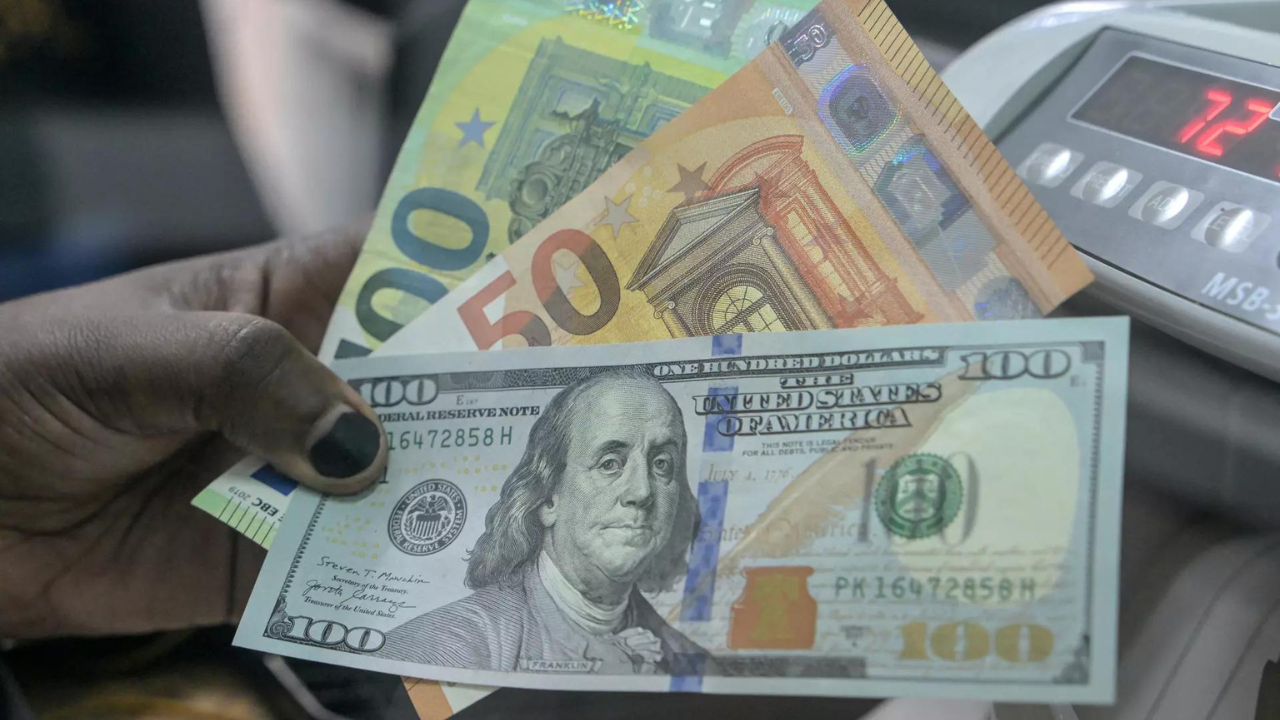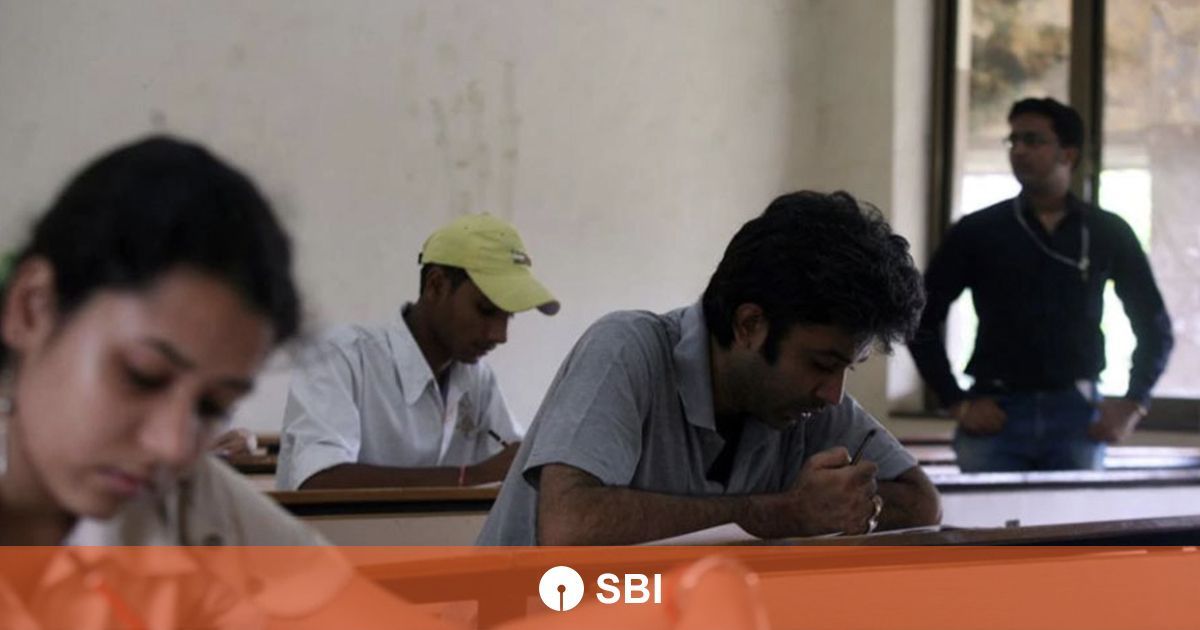This book examines how the Tibetan script came to be, with inspiration from ancient India

Join our WhatsApp Community to receive travel deals, free stays, and special offers!
- Join Now -
Join our WhatsApp Community to receive travel deals, free stays, and special offers!
- Join Now -

Two sites in Lhasa are linked to the invention of the Tibetan writing system. Outside the east wall of the Jokhang, Songtsen used to meditate next to an auspicious boulder. Later he ordered the construction of a chapel next to it, the Jambhala Lhakhang (Chapel of Jambhala). The chapel has been fully absorbed into the grounds of the surrounding Meru Nyingma Monastery.
Songtsen dispatched Minister Thonmi to India, where he studied the then-existing 36 writing systems in order to devise one suited for Tibetan. His tutor, a Brahmin, was so impressed with the minister’s diligent research that he gave him the sobriquet Thonmi Sambhota (Thonmi, the Good Tibetan). Upon his return to Songtsen’s court, he devised an alpha-syllabary, a writing system that arranges symbols for sound in configurations of syllables.
The Tibetan script is primarily based on the Devanagari Sanskrit script, with adaptations for Tibetan and its grammar. The king joined his minister in this task by the Jambhala Lhakhang so frequently that his absence from court invited ridicule by lesser lights in the palace for his lack of attention to other duties.
Today the entrance of the Jambhala Lhakhang attests to its antiquity. It is a meter lower than the ground level of the...
Read more
What's Your Reaction?
 Like
0
Like
0
 Dislike
0
Dislike
0
 Love
0
Love
0
 Funny
0
Funny
0
 Angry
0
Angry
0
 Sad
0
Sad
0
 Wow
0
Wow
0























































